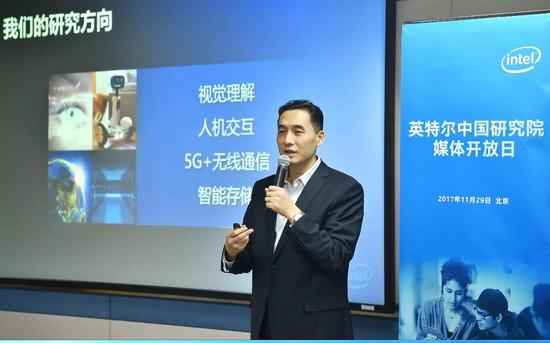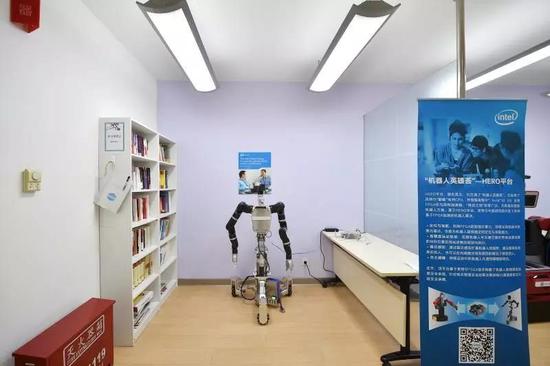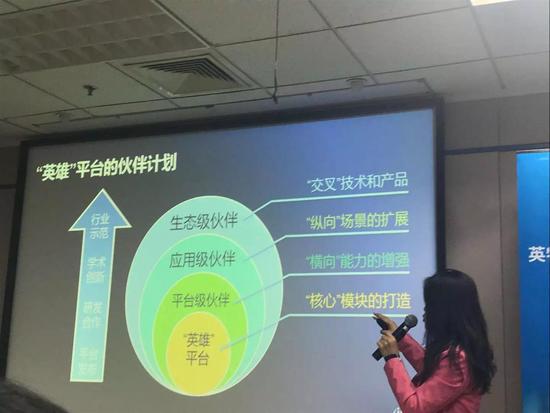
[NetEase smart news on November 30th] “Intel China Research Institute Open Day†was held in Beijing yesterday afternoon. Song Jiqiang, president of Intel China Research Institute, and his team shared the current research direction of the institute, demonstrating artificial intelligence and robots. , 5G, Virtual Reality and other areas of the latest research results. At the same time announced the launch of a new partner program around the HERO platform.

Heterogeneous Extensible Robot Open Platform (HERO) is a set of low-power, high-performance, small-sized heterogeneous devices designed by Intel China Research Institute for intelligent robots (including service robots, medical robots, and self-driving cars). System platform solution.
In this scenario, the CPU acts as a control center and works with FPGAs and other dedicated accelerator chips (such as Movidius' VPUs) to provide efficient performance. The entire HERO hardware system uses the Intel CoreTM family of CPUs, equipped with Intel Arria 10 GX Series 1150 FPGAs as heterogeneous accelerators, capable of processing large amounts of data in real time and running multiple intelligent algorithms.
The reason for introducing heterogeneous platforms is that robotics research requires the simultaneous introduction of both temporal and spatial computational models. The CPU is a perfect representation of the time calculation model. The instructions are executed one by one in time order to achieve flexible control. The accelerator is more like a spatial calculation model. It uses spatial parallelism to complete large amounts of data processing at one time, making complex The calculation is accelerated.
Based on the HERO platform, Intel China Research has developed a robotic algorithm based on FGPA acceleration:
Positioning and navigation: Using the computing power of FGPA, the technology uses low-cost laser radar, and it can also provide the robot with stable positioning and navigation capabilities.
High-precision motion planning: The dual-arm robot can set the target position of both arms through the graphical interface to realize the motion path planning and execution.
Radar Sensing: Radar perception expands the robot's field of vision, and Ruibao can feel people in dim or obstructed conditions.
Autonomous obstacle avoidance: robots in continuous motion turn around when they encounter obstacles.

At the event, Intel China researchers announced the launch of a new partner program around the HERO platform. She said that around the program, Intel China Research Institute joins hands with the industry's platform-level, application-level, and eco-level partners to jointly build a complete, efficient, and open platform through R&D cooperation, academic innovation, and industrial demonstration. Application scenarios, acceleration of technology and product landing. (Don Juan)
Transparent Led Film Screen,Adhesive Transparent Led Display,Adhesive Led Transparent Film Screen,Transparent Led Display Film Screen
Guangdong Rayee Optoelectronic Technology Co.,Ltd. , https://www.rayeeled.com